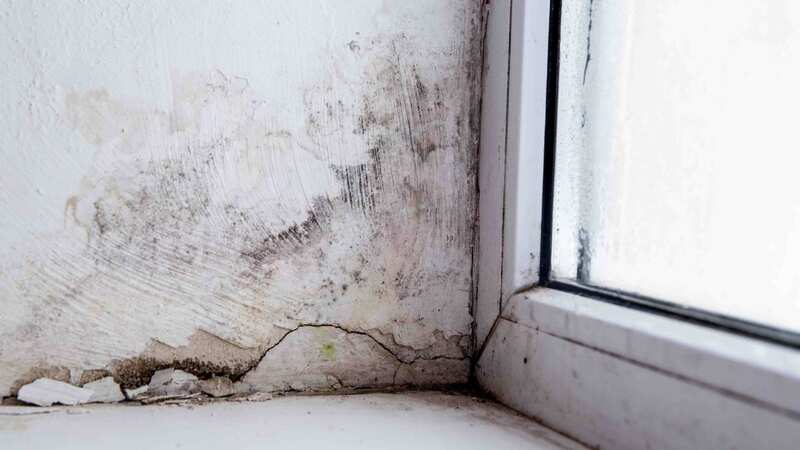'Rising damp' warning signs you shouldn't ignore as it could cause untold damage

Damp and mould in homes is never a good sign, with experts saying they can cause various health issues, including respiratory problems, infections, allergies or asthma.
And while dampness in your home isn't exclusively caused by wet conditions, the and the UK has experienced over the last week won't help. And experts have warned that one particular type of damp we should look out for is 'rising damp' - as it could cause untold damage to your property.
Rising damp happens when moisture moves through floors and walls - which is caused by rising groundwater. Building materials expert has shared the signs to look out for - and how to prevent it so it doesn't cause further damage. A new survey found that one in six Brits aren't confident identifying damp in their homes, which is important because it can cause "mould growth, structural damage, and potential health issues".
They continued: "Damp is a pervasive issue in many households, causing countless problems within the home from peeling wallpaper to unpleasant smells. When left untreated, damp can lead to mould growth, which can also be detrimental to homes and their inhabitants."
Here are the warning signs of rising damp:
 Property expert's simple hack to get rid of bedroom window condensation
Property expert's simple hack to get rid of bedroom window condensation
Traces of tide marks moving up the wall
Paint and wallpaper peeling, often with damp patches
Raised floor coverings
Plaster and skirting boards showing signs of damage
Presence of a white, powdery substance due to dissolved soluble salt particles
There are also other signs of damp to look out for - including penetrating damp, which is when water seeps through ceilings and walls, and condensation, for example caused by steamy rooms such as the kitchen and bathroom. Below you'll find some of the signs to look out for:
Penetrating damp:
Wet patches on walls and ceilings that darken during rainy periods
Stains and discoloration on walls or ceilings
Paint or wallpaper forming blisters or bubbles
 Woman's £1 trick will make your home 'feel like a desert' on cold autumn nights
Woman's £1 trick will make your home 'feel like a desert' on cold autumn nights
Condensation:
Water droplets forming on walls or windows
Dark mould formations, especially around windows or glass surfaces
Unpleasant musty odours signalling the presence of mould
So what do experts say will prevent damp in your home?
Using a to remove excess moisture in the air
Keeping your bathroom door closed during baths and showers, and using an extractor fan or opening a window when steam is present in the bathroom
Wiping windows every day to remove condensation
Keeping pans covered when cooking to reduce steam in the kitchen
Ventilating your home by opening your windows for 15 minutes every morning, or keeping windows ajar during the day
Read more similar news:
Comments:
comments powered by Disqus

































